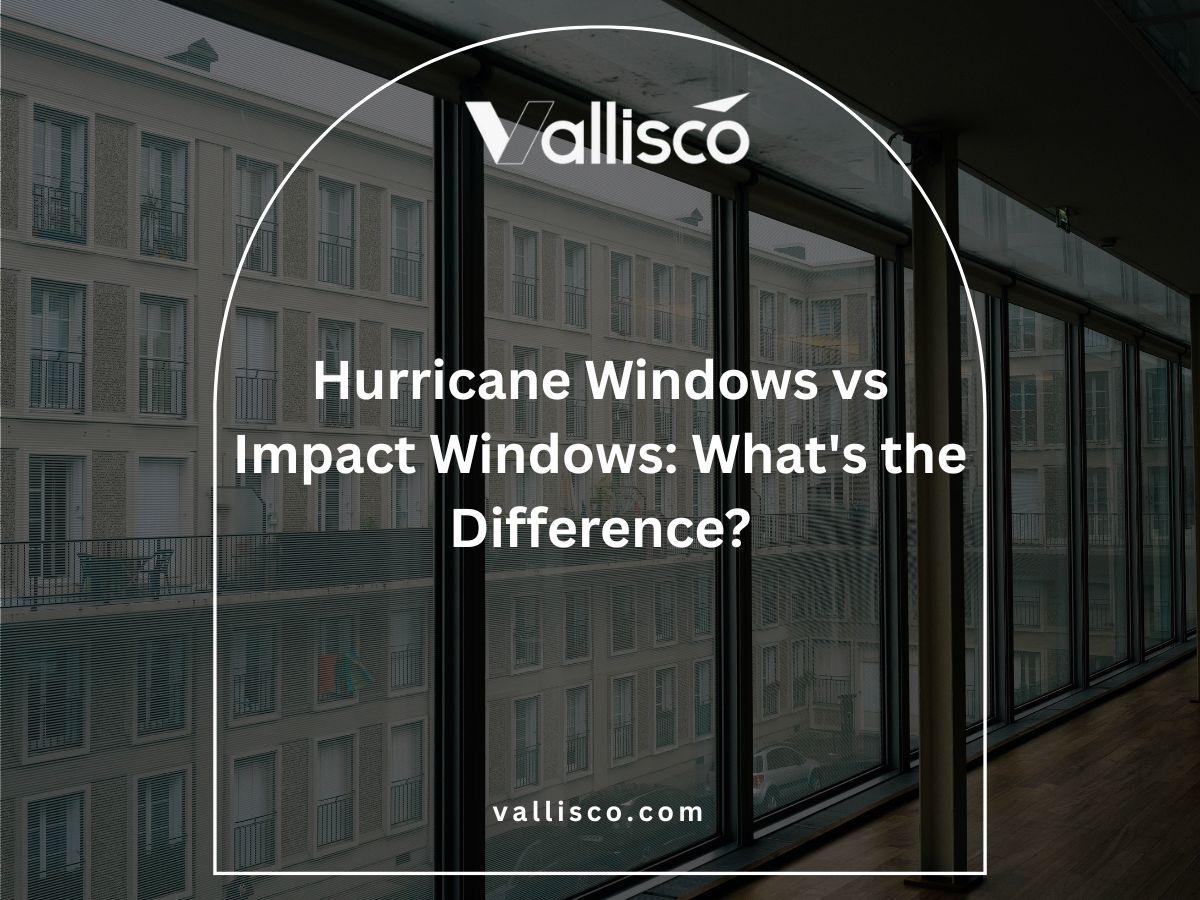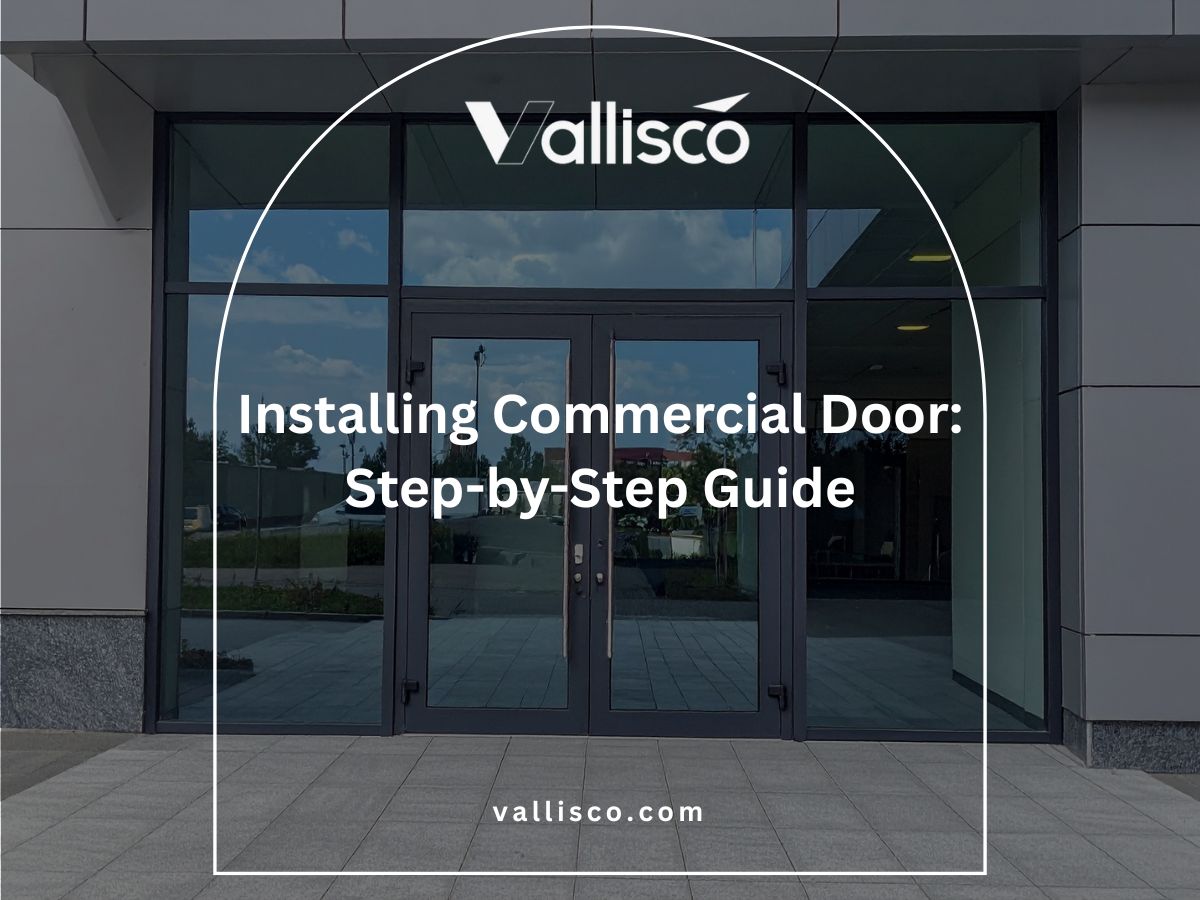During a greenhouse renovation, we installed awning windows where casements would’ve been better. The ventilation was never quite right.
That’s when I started looking deeper into how these two styles really compare.
Since then, I’ve worked with architects, engineers, and installers to match the right window to the right space. What I’m sharing is based on real orders and real results.
In this review, you’ll see the main differences between awning and casement windows, from opening mechanics to maintenance needs. You’ll have the details to make a confident call.
Getting it right the first time always pays off.
So, let’s dive in!
Comparison Chart
Before we dive deeper into the details, here’s a quick side-by-side look at how awning and casement windows compare. This table gives you a simple snapshot to get started.
| Feature | Awning Window | Casement Window |
| Opening Style | Hinged at the top, opens outward from the bottom | Hinged at the side, opens outward like a door |
| Airflow | Gentle, steady airflow | Strong, wide-opening ventilation |
| Weather Resistance | Can stay open during light rain | Seals tightly during storms and strong wind |
| Noise Insulation | Moderate sound blocking | Better sound control due to tight seal |
| Cleaning | Inside is easy; outside may be harder to reach | Easy to clean both sides from inside |
| Hardware Durability | Fewer moving parts, less strain | Heavier hardware needed; more wear on hinges |
| Installation | Easier to install; lightweight | More complex; needs proper alignment and space |
| Cost | Often more budget-friendly | Typically higher due to size and hardware |
| Best For | Bathrooms, narrow spaces, high wall placements | Bedrooms, living rooms, larger open wall areas |
That’s your quick overview. Now, let’s walk through the specifics to see what works best for your project.
1. What is an Awning Window?
Awning windows are hinged at the top and open outward from the bottom, forming a small cover when open. I’ve used them in projects where ventilation and weather protection had to work together. Even in light rain, you can leave them open without worrying about water getting in.
For your building, awning windows can be a smart choice if you want steady airflow while keeping the inside dry. They also work well in compact areas, like above larger fixed windows or in rooms where you need privacy but still want fresh air.
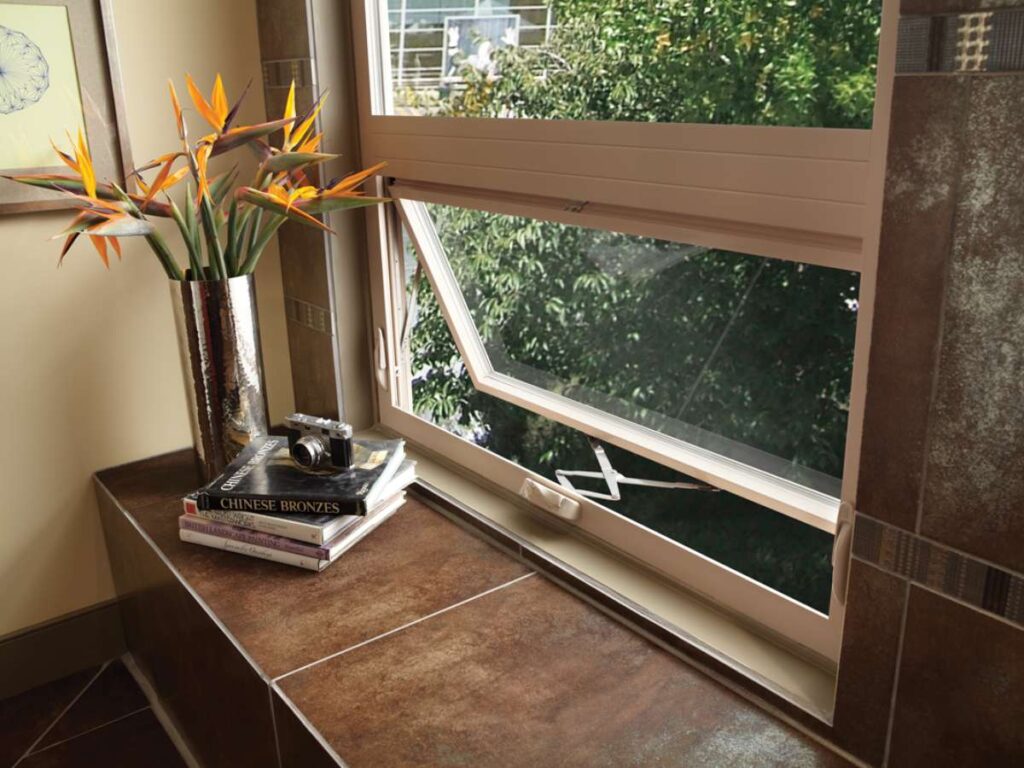
2. What is a Casement Window?
A casement window is hinged on the side and swings outward like a door. I’ve worked on projects where they were picked to get the most airflow possible. Opening the full sash allows fresh air to move in freely without anything blocking it.
Casement windows are also great for catching breezes from different directions, especially in warmer climates. They give a wide, clear view because there’s no bar or frame running through the middle of the glass.
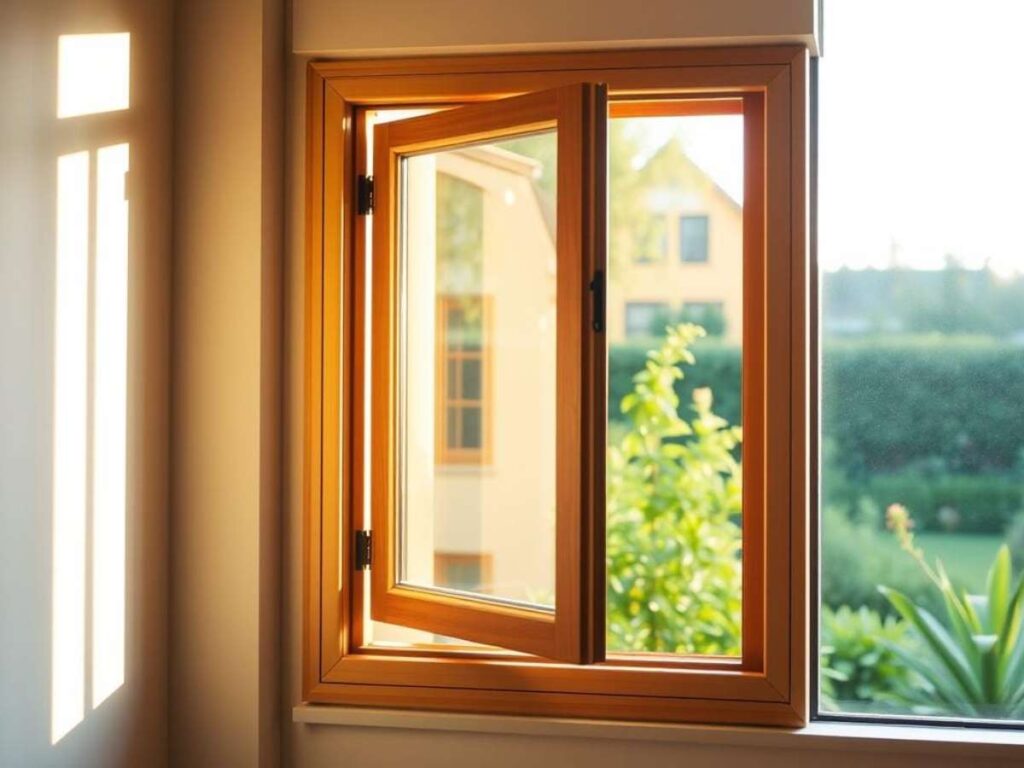
3. Ventilation and Airflow
From what I’ve worked on, ventilation often makes or breaks a window choice. The way a window opens decides how much fresh air you get and how it moves through space. If your property relies on natural airflow to keep rooms comfortable, the design matters more than you might think.
Awning Windows: Gentle Ventilation
- Hinged at the Top: Allows air to enter from the bottom, creating a softer flow. This helps keep rooms ventilated without letting in harsh drafts.
- Steady Airflow: Works best in light, consistent breezes. It’s a good option if you want a constant supply of fresh air without big temperature swings.
- Rain-Friendly: Can stay open during light rain. The top hinge design prevents water from getting in while still letting air circulate.
- Space-Friendly: Fits well in tight spots or above fixed windows. This makes them a flexible choice for adding airflow without changing the room’s layout.
Casement Windows: Strong Ventilation
- Open Fully: The entire sash swings out, letting in maximum air. This can quickly refresh a room and help maintain cooler temperatures.
- Directional Control: Can be angled to catch breezes from specific directions. This is useful if your site has changing wind patterns.
- Fast Air Exchange: Moves air in and out quickly. Great for spaces that need strong ventilation, like kitchens or larger rooms.
- Wide Open View: No center frame blocking airflow or sight lines. This helps you get both better ventilation and a clear view.
Recommendation
If you need steady, weather-protected airflow, awning windows work well. If stronger, faster ventilation is the goal, casement windows will deliver it. Your decision should match the airflow needs of your project and how the space will be used.
4. Noise Insulation
I’ve handled projects where outside noise was just as important to control as temperature. The way a window seals and the type of glass used can make a big difference. If your property is near a road, busy area, or even a windy coastline, this is something you’ll want to think through carefully.
Awning Windows: Moderate Noise Control
- Tight Seal When Closed: The top hinge design helps create a firm seal. This reduces some outside noise, though not as much as a fully side-hinged style.
- Glass Choice Matters: Using laminated or double-glass panels can noticeably improve noise reduction. I’ve specified this upgrade for hotels near traffic.
- Smaller Openings: Even when open, the angled design blocks direct sound paths. This helps keep noise levels down compared to fully open windows.
- Good for Light to Moderate Noise: Works well if your property isn’t in a high-noise location but still needs some sound control.
Casement Windows: Strong Noise Control
- Full Perimeter Seal: The side-hinged design pulls the sash tight into the frame. This gives better sound blocking when closed.
- Better for Busy Areas: I’ve recommended casements for properties near airports, main roads, or other high-noise environments.
- Glass Upgrades Work Well: Pairing with thicker or laminated glass makes a big difference in cutting down sound.
- Minimal Gaps: When installed properly, they leave fewer gaps for noise to slip through.
Recommendation
Awning windows can manage light to moderate noise and suit quieter areas. Casement windows perform better for heavy noise, especially in busy or high-traffic zones. Your choice should reflect how much sound control your project needs and the location’s noise level.
5. Weather Resistance
Weather performance is one of the first things to check when comparing window types. I’ve compared both styles in different climates, and the results can vary more than you might expect.
Awning Windows: Good in Rain
- Top-Hinged Design: Opens outward from the bottom, creating a protective cover. This lets you keep them open for ventilation even during light rain.
- Effective in Light Storms: Works well in steady drizzle or mild weather conditions. I’ve used them for coastal villas where fresh air is important year-round.
- Shield Against Drips: The angled sash directs water away from the frame. This helps reduce the risk of leaks along the edges.
- Best for Mild to Moderate Conditions: Performs reliably unless exposed to strong winds hitting directly against the opening. This is something to consider for taller buildings.
Casement Windows: Strong Wind Seal
- Side-Hinged Construction: Pulls the sash tightly into the frame when closed. This creates a secure seal that keeps out rain and drafts.
- Better in High Winds: Stays stable even in strong gusts. This is good for properties near open fields or high-rise locations.
- Full Perimeter Contact: Seals along every edge of the frame. This greatly reduces the chance of water penetration during storms.
- Glass and Frame Strength: Works well with reinforced frames and thicker glass. This combination adds durability in storm-prone regions.
Recommendation
Awning windows are reliable for milder climates where light rain is common and airflow is a priority. Casement windows excel in areas with high winds or heavy storms thanks to their tight seal and reinforced design. Your decision should match the building’s exposure and the weather conditions it will face.
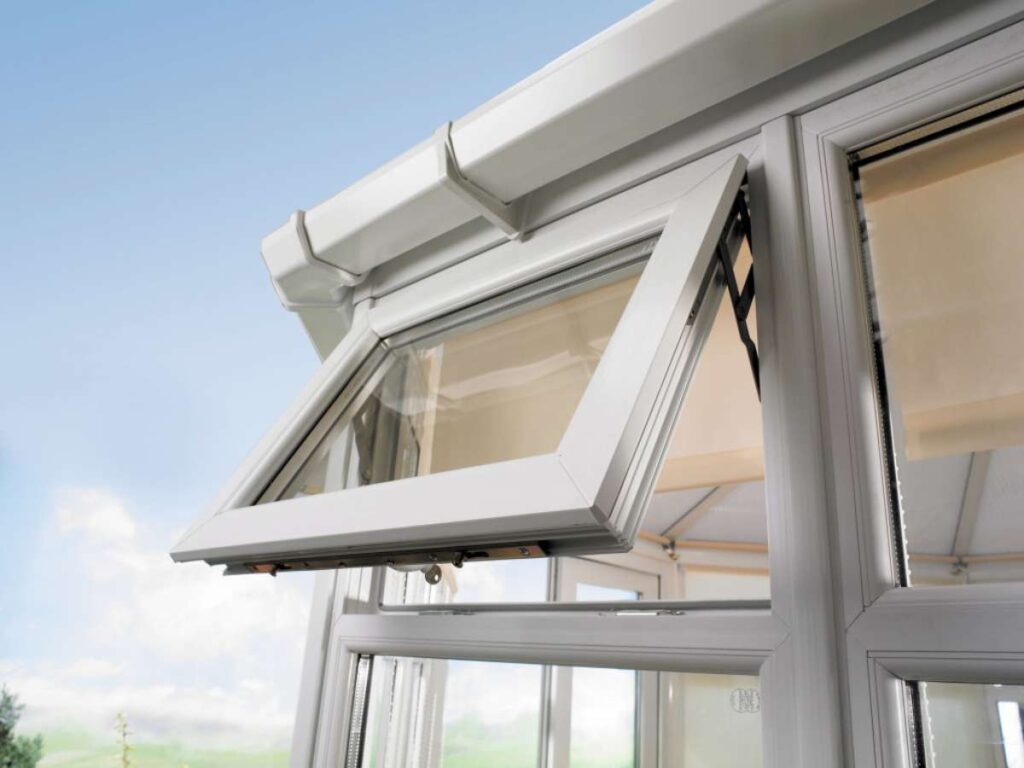
6. Hardware Durability
The strength and lifespan of window hardware can affect long-term maintenance costs. I’ve inspected both awning and casement hardware after years of use, and the differences show up faster in busy commercial settings.
Awning Windows: Protected but Smaller Components
- Top-Mounted Hinges: Positioned out of direct reach of water runoff, which helps reduce rust. However, they tend to be smaller and may wear faster under frequent use.
- Crank Mechanisms: Operated with a hand crank that’s easy to use. Over time, the gears can loosen if not maintained regularly.
- Fewer Moving Parts: Has a simpler opening system compared to side-hinged designs. This reduces the number of components that can fail, but limits replacement options.
- Weather Protection for Hardware: The opening style shields the hardware from rain. I’ve seen this extend hinge life in humid climates.
Casement Windows: Strong but More Exposed
- Side-Mounted Hinges: Larger and built to support the full sash weight. They handle frequent opening well but face more exposure to the elements.
- Sturdy Locking Points: Multiple locks around the sash add strength and security. These provide a tight seal but require occasional lubrication to prevent stiffness.
- Heavy-Duty Cranks: Designed for wider openings, which means the crank system is more robust. Vallisco casement windows use reinforced crank mechanisms that stand up well to frequent operation in commercial settings.
- More Wear Points: More components mean more maintenance. Hinges, locks, and seals should be checked regularly for smooth operation.
Recommendation
Awning windows offer simpler hardware with good protection from weather, making it easier to maintain in less demanding environments. Casement windows provide stronger hardware built for frequent use but may need more upkeep over time.

7. Installation Complexity
The way a window is installed affects both performance and long-term durability. I’ve been on sites where rushing the installation caused issues that could have been avoided with the right prep and skill.
Awning Windows: Compact but Detail-Oriented Fit
- Smaller Frame Size: Often easier to maneuver into place compared to larger window styles. However, precise alignment is important to keep the top hinge functioning smoothly.
- Top-Hinge Support: Requires careful attachment to the hinge points. I’ve seen poor hinge placement cause uneven opening over time.
- Simpler Hardware Setup: Fewer locking points make the installation faster. This reduces complexity but still needs proper sealing to prevent leaks.
- Works Well in Tight Spaces: Can be installed above other windows or in small wall openings. Extra attention is needed to ensure the frame sits level.
Casement Windows: Larger but Straightforward Mounting
- Full-Height Sashes: Can be heavier and harder to position without enough manpower. Proper lifting and support are key to avoid frame twisting.
- Side-Hinge Alignment: Hinges must be perfectly aligned to keep the sash from binding. I’ve had to adjust poorly aligned casements that wouldn’t close fully.
- More Locking Points: Adds time to the installation as each point needs precise fitting. This step is critical for achieving a full perimeter seal.
- Better Access for Installers: The wider opening during installation can make some steps easier, such as sealing and hardware checks.
Recommendation
Awning windows are lighter and easier to handle but require careful hinge placement and sealing for proper function. Casement windows are heavier and take more time to install, but can offer a more straightforward process once aligned.
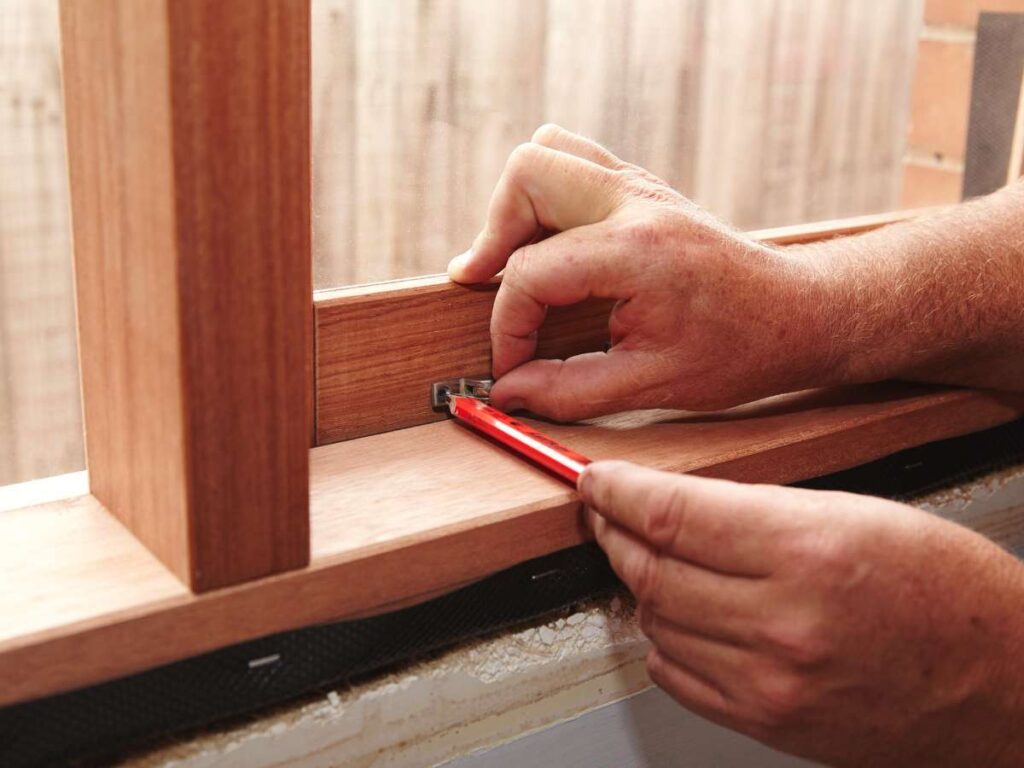
8. Cost Comparison
Pricing isn’t just about the window itself, it includes installation, hardware, and long-term upkeep. I’ve compared supplier quotes for both awning and casement windows, and the differences often depend on size, material, and hardware quality.
Awning Windows: Generally Lower Initial Cost
- Smaller Hardware Requirements: Uses fewer and smaller locking components. This can reduce upfront hardware costs compared to casement designs.
- Simpler Frame Design: The more compact frame can be less expensive to produce. I’ve seen this keep overall costs down for large multi-unit orders.
- Lower Installation Labor: Lighter weight and simpler fitting often mean reduced labor time. This can make a difference in big projects with tight timelines.
- Possible Upgrade Costs: Adding double glazing or premium finishes can bring the price closer to a casement window’s cost.
Casement Windows: Higher Initial but Added Value
- Stronger Hardware: Requires heavier hinges and multiple locks for durability. This increases the base cost but improves performance.
- Larger Sash Construction: The full-height sash uses more material. I’ve found this to be a main factor in higher pricing.
- More Labor in Installation: Additional locking points and heavier frames take more time to fit. This can raise installation costs, especially for high-volume jobs.
- Potential for Energy Savings: The tighter seal can lower heating and cooling costs over time, offsetting some of the initial expenses.
Recommendation
Awning windows can be a budget-friendly choice for projects with lighter performance demands and lower installation costs. Casement windows require a higher upfront investment but can deliver better long-term value through durability and energy efficiency.
9. Maintenance and Ease of Cleaning
Keeping windows in good shape over the years comes down to how easy they are to clean and maintain. I’ve worked with building managers who prefer designs that require less time and fewer tools to keep in top condition.
Awning Windows: Simple but Limited Access
- Exterior Cleaning Challenges: The outward angle makes it harder to reach the outside glass from inside.
- Protected Hardware: Hinges and cranks are shielded from most rain. This reduces rust and lowers the frequency of lubrication needs.
- Easy Interior Cleaning: The inside glass is easy to reach, making routine cleaning faster. This can help in high-turnover spaces like hotels.
- Minimal Parts to Maintain: Fewer moving parts mean fewer potential breakdowns. Still, the crank mechanism should be checked periodically for smooth operation.
Casement Windows: Easy Reach but More Components
- Full Access for Cleaning: Opens fully, allowing both sides of the glass to be cleaned from inside in most cases. This is a major plus for upper floors.
- Exposed Hardware: Hinges and locks face more weather exposure. I’ve advised regular checks to prevent rust and stiffness.
- More Moving Parts: Multiple locks and larger hinges require more frequent inspection. Proper upkeep helps maintain smooth operation.
- Tight Seal Maintenance: The weatherstrip needs cleaning and occasional replacement to keep the strong seal working.
Recommendation
Awning windows require less frequent hardware maintenance but can be harder to clean from inside, especially on higher floors. Casement windows are easier to clean and service from indoors but need more regular checks due to their exposed hardware.
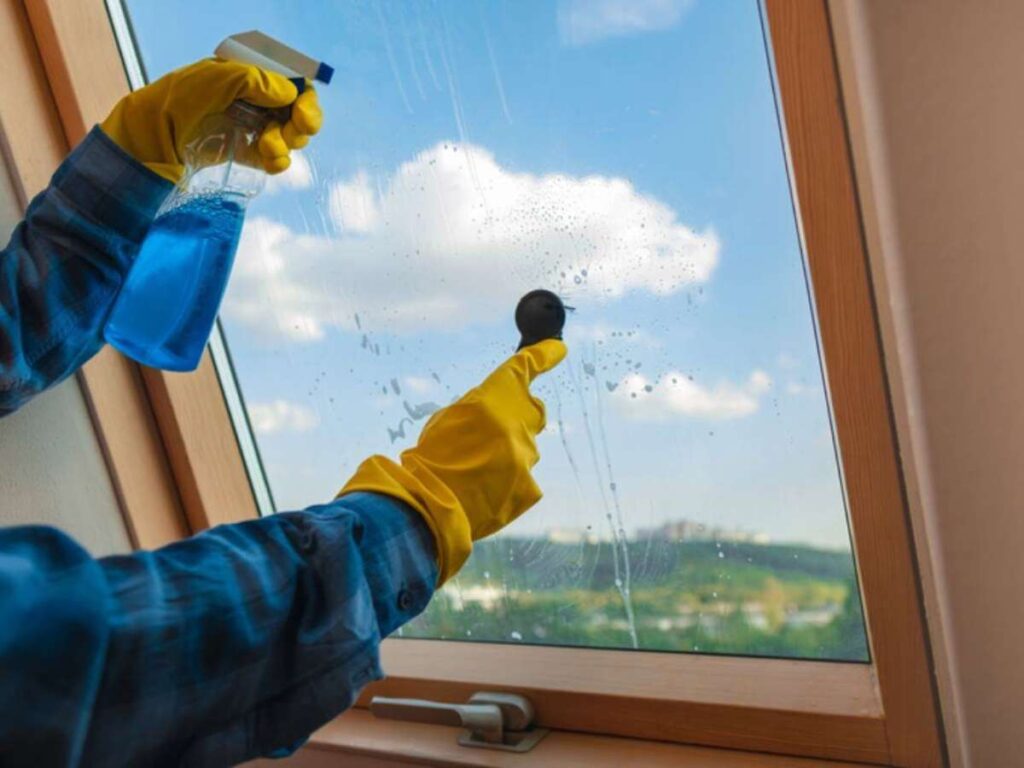
10. Factors To Consider When Choosing Between Awning Window and Casement Window
Choosing between awning and casement windows isn’t just about looks, it’s about matching performance to your project’s needs. Here are the key points to review before making your decision.
Building Location and Climate
Your location plays a big role in window performance. Awning windows handle light rain well and can stay open during drizzle, making them ideal for milder or wetter climates without strong winds.
Casement windows offer a tighter seal against wind and water, which is better for storm-prone or high-wind areas. Vallisco manufactures both window types with high-quality frames and hardware built to match different climate demands, giving you the flexibility to choose what works best for your site conditions.
Ventilation and Airflow Needs
If you need softer, steady ventilation without strong drafts, awning windows can provide that balance. They work well in spaces where you want airflow without dust or heavy wind coming in.
Casement windows, on the other hand, can open wide and be angled to pull in breezes from different directions. I’ve recommended them for kitchens, large meeting rooms, and spaces where quick air exchange is important. Match the style to how you expect each space to be used daily.
Maintenance and Long-Term Operation
Maintenance isn’t the most exciting factor, but it can make or break long-term performance. Awning windows have fewer moving parts and more protected hardware, which can mean less upkeep over time.
Casement windows are easier to clean from inside, especially on upper floors, but their exposed hardware needs more regular care. Think about who will be maintaining the windows and how often they can do it.
Conclusion
That early mistake in window selection showed me the value of knowing the differences upfront.
Awning windows excel at gentle, weather-friendly ventilation, while casement windows stand out for maximum airflow and sealing strength.
You now have facts on durability, installation, and upkeep. The right choice depends on your site, usage, and long-term goals.
Contact Vallisco today and tell us what kind of window would you choose!
More Guides and Tips to Explore
For more helpful content, explore our collection of recommended reads:
Still haven’t found what you’re looking for? Don’t hesitate to contact us. We’re available around the clock to assist you.


